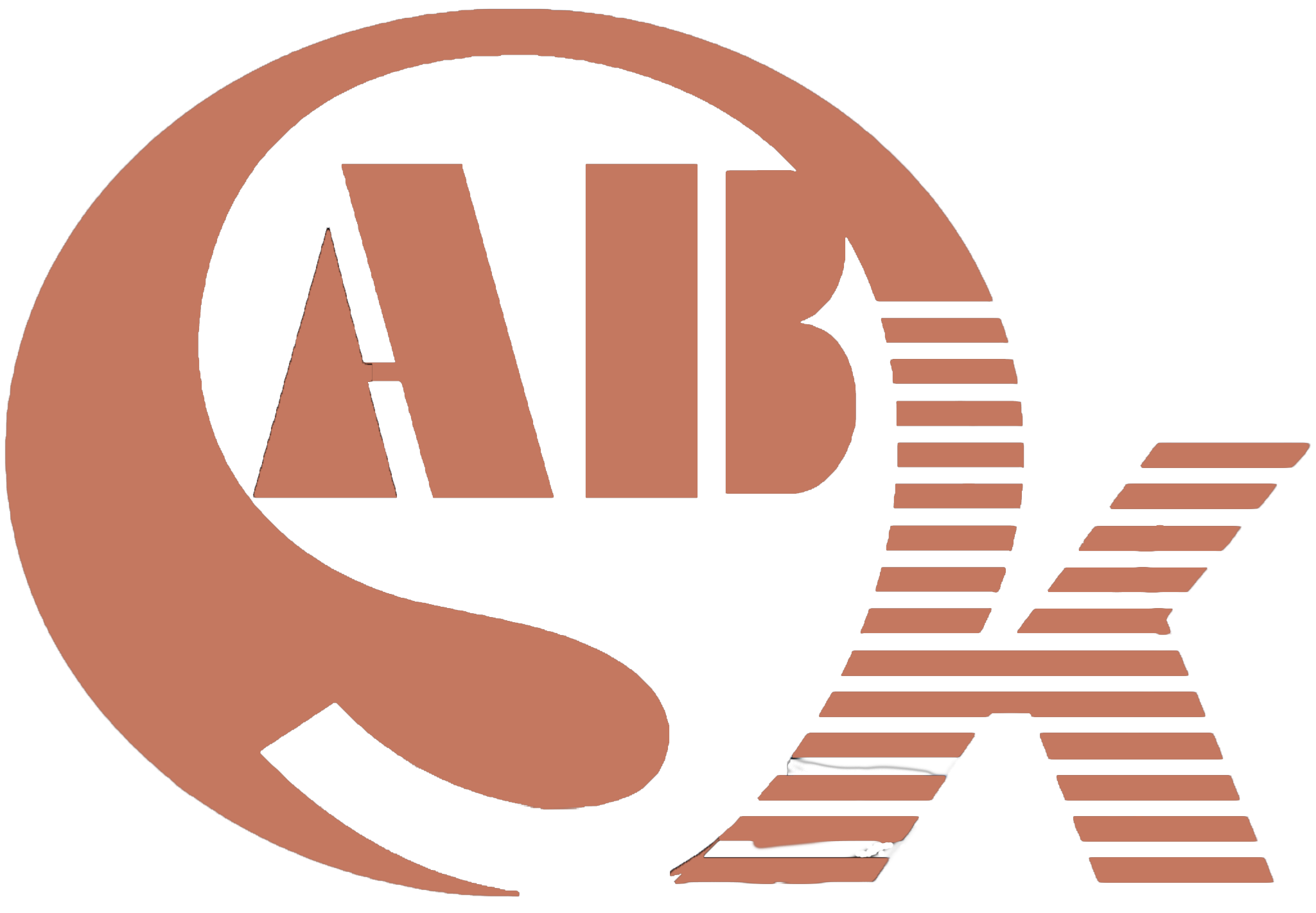Exploring Two Types of Welding Manipulation: Techniques and Applications
Welding is a vital industrial process that plays a significant role in construction, manufacturing, and repair industries. Achieving precise and high-quality welds requires skill, knowledge, and the use of various welding manipulation techniques. In this article, we will delve into the world of welding manipulation and explore two fundamental types of welding techniques that are essential for producing strong, reliable welds.
I. Manual Welding Manipulation
Manual welding manipulation, as the name suggests, involves the direct control and execution of the welding process by skilled welders. This technique is highly versatile and allows for greater control and precision. Here are some key aspects of manual welding manipulation:
- Welding Methods: Manual welding manipulation encompasses various welding methods, such as Tungsten Inert Gas (TIG), Metal Inert Gas (MIG), and Shielded Metal Arc Welding (SMAW). Each method has its unique advantages and is suited for different applications. For instance, TIG welding is ideal for thin materials, while MIG welding is excellent for high-speed production.
- Skilled Welders: Manual welding requires skilled operators who can control the welding parameters, such as the welding speed, arc length, and electrode angle. Skilled welders are crucial for achieving consistent and high-quality welds.
- Customization: One of the significant advantages of manual welding manipulation is the ability to customize the welding process to meet specific project requirements. Welders can adjust parameters like heat input and travel speed to achieve the desired results.
- Versatility: Manual welding can be used in various applications, from automotive and aerospace to construction and pipelines. Its versatility makes it a preferred choice for many welding tasks.
- Quality Control: Skilled welders can inspect the weld in real-time and make adjustments as needed. This real-time quality control ensures that defects are identified and rectified promptly.
II. Automated Welding Manipulation
While manual welding manipulation is highly effective, there are situations where automation is preferred due to its consistency and efficiency. Automated welding manipulation involves the use of machines, robots, or specialized equipment to perform welding tasks. Here’s what you need to know about automated welding manipulation:
- Precision and Consistency: Automated welding systems excel in producing precise and consistent welds. They can maintain uniform travel speed, arc length, and heat input, resulting in high-quality welds.
- Reduced Labor Costs: By automating welding processes, companies can reduce labor costs and improve productivity. Automated systems can work around the clock without breaks, leading to faster project completion.
- Safety: Automated welding minimizes the exposure of human operators to hazardous welding environments. This improves overall workplace safety.
- Complex Geometries: Automated systems can handle welding tasks on complex geometries or in confined spaces where manual welding would be challenging or impractical.
- Programming: To utilize automated welding manipulation, operators need to program the machine or robot to follow a specific welding path. Advanced programming allows for precise control and adaptability to different weld joint configurations.
Applications of Welding Manipulation
Now that we’ve explored the two primary types of welding manipulation, let’s take a look at some key applications where these techniques are commonly used:
- Automotive Manufacturing: Manual and automated welding manipulation techniques are extensively used in the automotive industry to join various components, such as body panels, frames, and exhaust systems.
- Aerospace Industry: Aerospace manufacturers rely on both manual and automated welding manipulation for fabricating aircraft components, ensuring structural integrity and safety.
- Construction: Welding is crucial in construction for joining structural steel and reinforcing bars. Manual welding is often used for on-site fabrication, while automated systems are employed in prefabrication.
- Shipbuilding: Welding manipulation plays a vital role in shipbuilding, where the strength and durability of welds are essential for marine applications.
- Oil and Gas: In the oil and gas industry, welding is used for pipeline construction, maintenance, and repairs. Automated welding systems are often employed for pipeline welding due to the long lengths involved.
Conclusion
Welding manipulation is a critical aspect of the welding process that can significantly impact the quality, efficiency, and cost-effectiveness of welding projects. Understanding the two primary types of welding manipulation, manual and automated, is essential for achieving the desired results in various applications.
Whether you’re a skilled welder looking to enhance your expertise or a business owner seeking to improve your welding processes, the choice between manual and automated welding manipulation will depend on the specific project requirements, budget, and desired level of precision.
By mastering these techniques and selecting the right approach for each project, you can ensure that your welding endeavors are not only efficient but also produce strong, reliable welds that meet industry standards and customer expectations. So, whether you’re in automotive manufacturing, aerospace, construction, shipbuilding, or the oil and gas industry, welding manipulation techniques are your keys to success.
